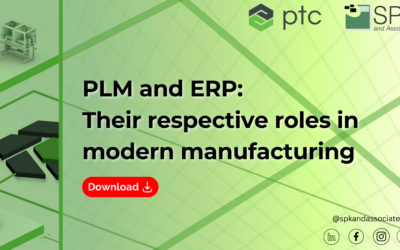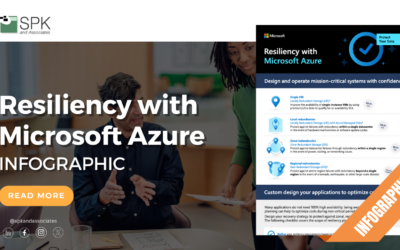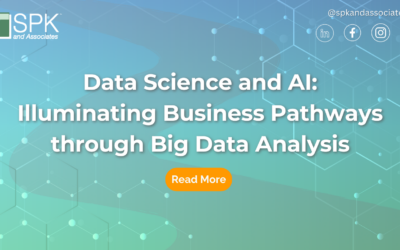IBM’s acquisition of SoftLayer roughly a year ago has supposedly fueled hybrid cloud adoption — but why now, and why hybrid solutions? After all, isn’t the beauty of the cloud its scalability, quick implementation times, and low cost? Wanting to retain physical IT infrastructure seems contradictory to that.
My experience with larger corporations (particularly with medical device manufacturers) is that they have been slow to adopt the cloud as a whole. Concerns about security and how intellectual property is stored are typically the main blockers.
This is where hybrid cloud solutions could penetrate the market — keep the database, along with the intellectual property, on company-owned storage and allow application servers to scale in the cloud. Or perhaps, you can implement your VDI infrastructure in the cloud, as desktop environments can be easily compartmentalized. Another approach is to move publicly facing applications to the cloud, and keep internal enterprise applications on premise.
As you can see, the cloud isn’t an all or nothing solution — larger corporations can have their cake and eat it too. By being cautious about what they choose to move to the cloud, they can reap the benefits of what the cloud offers. But they can also choose to minimize risk, and keep key applications on premise.
As more and more providers offer solutions similar to SoftLayer, companies will benefit from increased automation, more diverse connectivity options, and more consistent performance. Already, we’re seeing providers offer more secure options such as dedicated tenancy and IPSec tunnel support. As these providers and services mature, there will be less and less reason not to consider some type of cloud based solution.
Next Steps:
- Contact SPK and Associates to see how we can help your organization with our ALM, PLM, and Engineering Tools Support services.
- Read our White Papers & Case Studies for examples of how SPK leverages technology to advance engineering and business for our clients.
Mike Solinap
Professional Services Manager
SPK & Associates, LLC.







